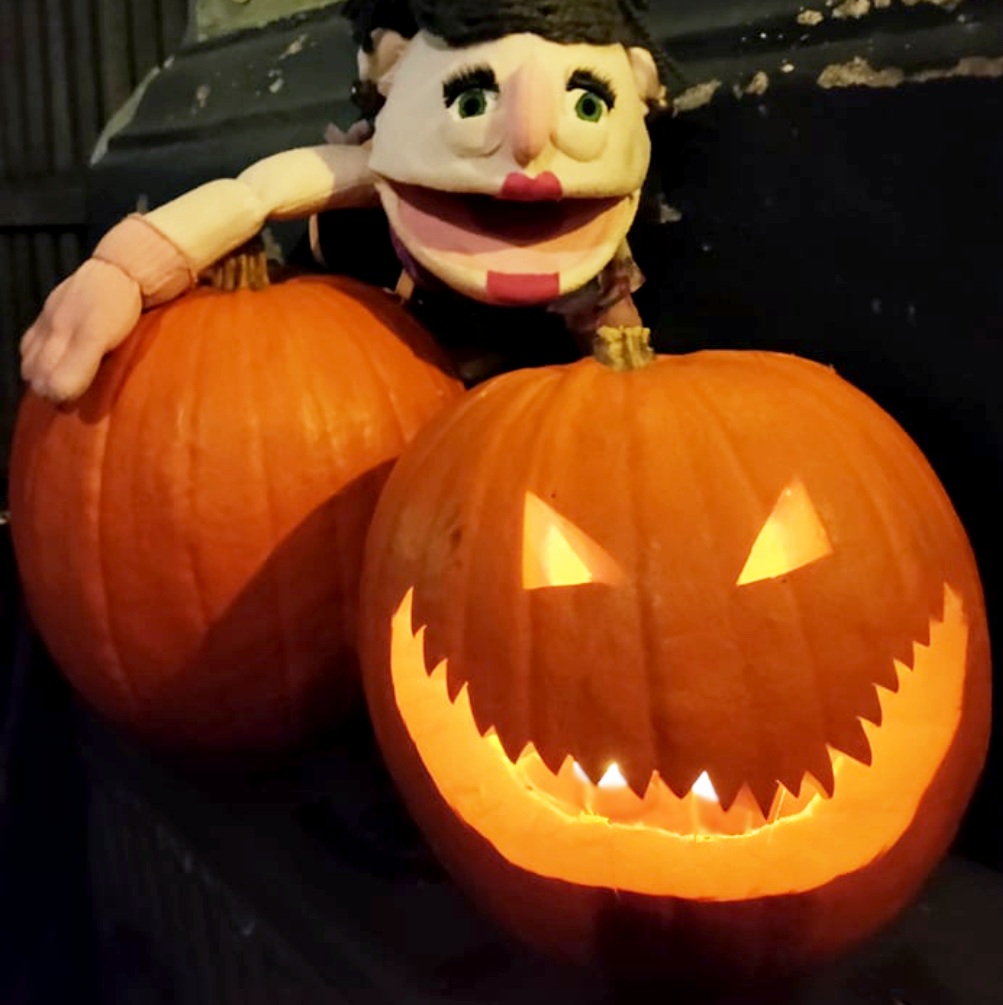Tips to have a zero-waste Halloween

🌱🎃 Did you know that Halloween pumpkin waste is frighteningly delicious? Instead of throwing pumpkin scraps in the bin, keep them as leftovers and use them in sweet and savory plant-based dishes like curries, soups, desserts, and baked treats. Nothing will go to waste in Grandma Sita’s kitchen, save the pumpkin seeds to enjoy raw or roast sparkle on the top of soup and salads. Plant-based recipe here 👉easy-pumpkin-soup
👵💚 Grandma Sita’s tips:
*Freezing pumpkin scraps in the increments you use most makes it easier to store, thaw, and eventually use.
*You can eat the shell of a pumpkin seed. The shells add a nice crunch to this nutritious snack. Pumpkin seeds with shells pack twice the fiber content of shelled ones.
*Remember just like other vegetables, pumpkins are completely compostable. They belong in the compost bin, not in the trash.
*You can always decorate pumpkins not carving which is a way to keep them fresh until cooking or even get more creative by making an edible Jack-o’-lantern (carved pumpkin lantern) out of fruit and veggies instead of buying pumpkins.
💪 Rich in vitamins, minerals, and antioxidants, pumpkin is incredibly healthy. Pumpkin is also an excellent source of vitamin A due to its bright orange color.
📗The practice of carving pumpkins for Halloween originated from an Irish myth about a man named “Stingy Jack”. The turnip has traditionally been used in Ireland and Scotland at Halloween, but immigrants to North America used the native pumpkin. That’s why Jack-o’-lantern is known for the carved pumpkin lantern associated with Halloween.
🔥In addition to its origins in folklore, pumpkins were also believed to ward off evil spirits. Carved pumpkins with lit candles inside were placed on doorsteps to protect homes from wandering spirits on All Hallows’ Eve, creating a tradition that persists to this day.
😱 Looking for a scare this Halloween? Millions of pumpkins are tossed in the trash after Halloween, clogging up landfills and adding to food waste. But the wasted potential for food is not the scariest thing about pumpkin waste. When pumpkins clog up landfills, they decompose and produce an extremely harmful greenhouse gas; methane, a greenhouse gas with more than 20 times the warming effect of carbon dioxide.
🌎 Luckily, you can avoid this horror movie by using fresh pumpkins for delicious plant-based recipes like Grandma Sita while composting old, carved pumpkins. All of us can act at home to reduce our waste and every single one counts, happy Halloween everybody!
